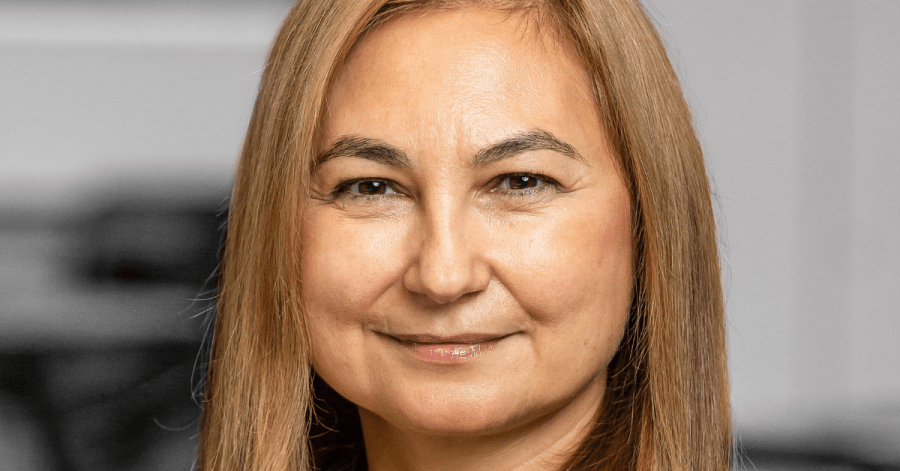In 2022, I made my first angel investment in Bulgaria – FoodObox, a mobile app, which lets people buy quality food at a minimum 40% discount, while at the same time reducing food waste and consequently CO2 emissions.
I invested while believing that financial returns go hand in hand with impact returns. Businesses need to generate adequate profits to continue to offer their products and services and thus create value. I discovered, however, that very few investors understand the concept of “impact” and “impact investing”.
In short, an impact investment has inherent characteristics of “intentionality”, “additionality”, and “measurability”. When investing for impact or with impact, impact outcomes are key measures of investment return, not simply a positive externality.
The key characteristics of impact investment
According to the European Venture Philanthropy Association (EVPA), intentionality is “a conscious and deliberate search for social and/or environmental impact, with the aim of pursuing a (net) positive result for a defined community.” Startups are, by definition, created to provide novel solutions to problems of society or the environment. When the business model is defined in parallel by both financial metrics and expected net positive outcomes for the customer universe and/or environment, this business has huge impact potential.
Additionality is the quality of an investment to create value add, pure and simple. When this value add is linked to the intentional net positive outcome and the business has set out to bring to the world, the impact potential exponentially increases. Without this company, the net positive outcome would either not exist or exist in a different way. As our world is constantly evolving, the needs of society and/or environment are ever changing. Thus, there is infinite potential for businesses to create net positive changes.
Critically, the outcomes shall also be measured, as what gets measured gets understood and also gets done. Measurability requires the businesses to identify measurable impact objectives and to assess the business idea per these objectives from the get-go. Startups shall design, implement, monitor, and manage a system of measurements to ensure that the intended outcomes for the customer universe and/or the environment are indeed achieved. Impact then becomes another baseline, along with the financial one, which needs to be measured, monitored, and managed.
My role as an investor is first to understand the founders’ vision – who are the stakeholders of their business and how they will be affected by the proposed solution. I have found that often the founders don’t even realize the impact potential of their business idea. Bringing clarity crystallizes the intent and consequently enhances the value-add potential of the start-up. After all, the customer is the ultimate judge of a business success. I also see the investor’s role to working closely with the founders in the design and/or implementation of the magic M3 – measurement, monitoring, and management of the impact objectives.
How impact investing is evolving
In short, “impact investments are investments made with the intention to generate positive, measurable social and environmental impact alongside a financial return”, as stated in the The Global Impact Investment Network (GIIN) Impact Investing Guide. Indeed, intentionally pursuing impact together with pure financial return can enlarge the pie of value add because the focus on the customers and overall stakeholders is even sharper, the outcomes are better understood, and the solutions are better designed. In classical negotiation terms, a win-win situation.
Now, the facts. EVPA estimates the European direct impact investment market as €80 billion, or 0.5% of the European mainstream investment market (€17.8 trillion). Out of the €80 billion, at least €32 billion (0.2%) has elements of additionality (“positive contributions that would not have happened if not for the investment intervention”). Moreover, GIIN estimates the impact investing market at €563 billion based on their methodology, which has a wider definition and includes direct and indirect investments.).
As for the market’s evolution, EVPA reports that the European impact investment AUMs (assets under management) grew by 26% from 2020 to 2021. There is certainly huge scope for further growth!
The top three SDGs targeted by impact investments in 2021 are “Decent work and economic growth”, “Reduced Inequalities”, and “Climate action”. When compared to the 2020 top SDGs, “Climate action”, “Responsible consumption and production”, and “Affordable Green Energy”, it is clear that the COVID-19 experience has sparked solutions for the future of work, mental health and wellbeing, alongside food and mobility. Environmental causes remain centre stage and indeed, Sifted reported Q1 2022 skyrocketing investments in climate tech.
A survey of 285 organizations across 18 European countries organized by EVPA, VC and PE impact funds represented 36% of the impact ecosystem, followed by financial institutions (20%, primarily commercial banks providing impact lending), and foundations (10%). Startups backed by VC and, later on, PE capital, are the drivers of innovation and positive change. It is one of the key reasons why I love investing!
Furthermore, individual investors (26%) are the main source of capital for impact investments together with financial institutions (28%) and institutional investors (23%). This statistic makes me particularly proud as a business angel.
When it comes to geographic distribution, the EVPA report does not have data by country, however according to the GIIN 2022 Market Sizing Report, Eastern Europe andCentral Asia represent merely 0.1% of global impact AUM. In Bulgaria, for instance, the conversation about impact investing has recently started, and more and more players in the ecosystem acknowledge the need for clarity and focus. The potential for growth is clear.
My strong conviction is that in the next 10-20 years founders and managers will run their businesses with intentional impact. Business strategies will focus on both financial profits and impact outcomes premised on their mutual dependency. Equally, impact investing will become mainstream globally.








